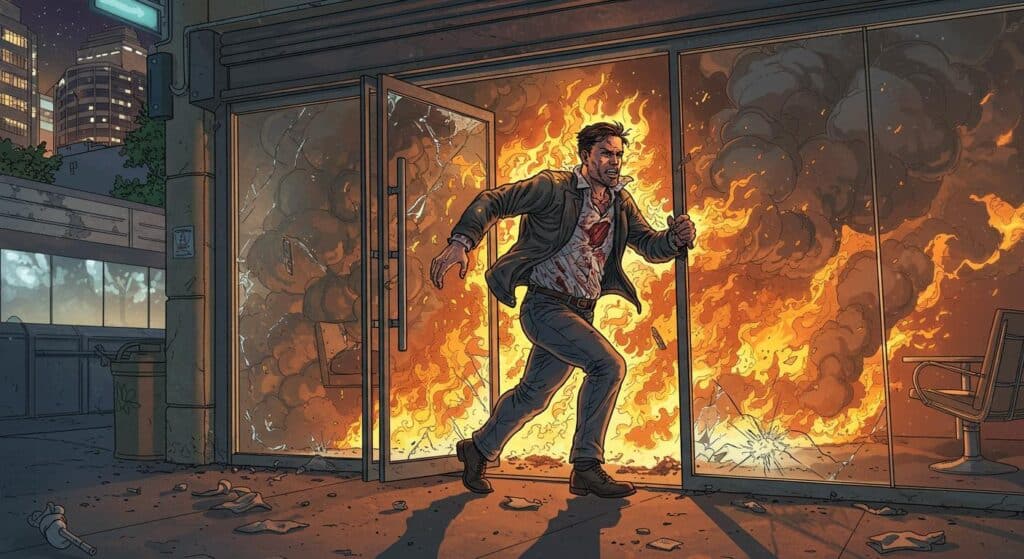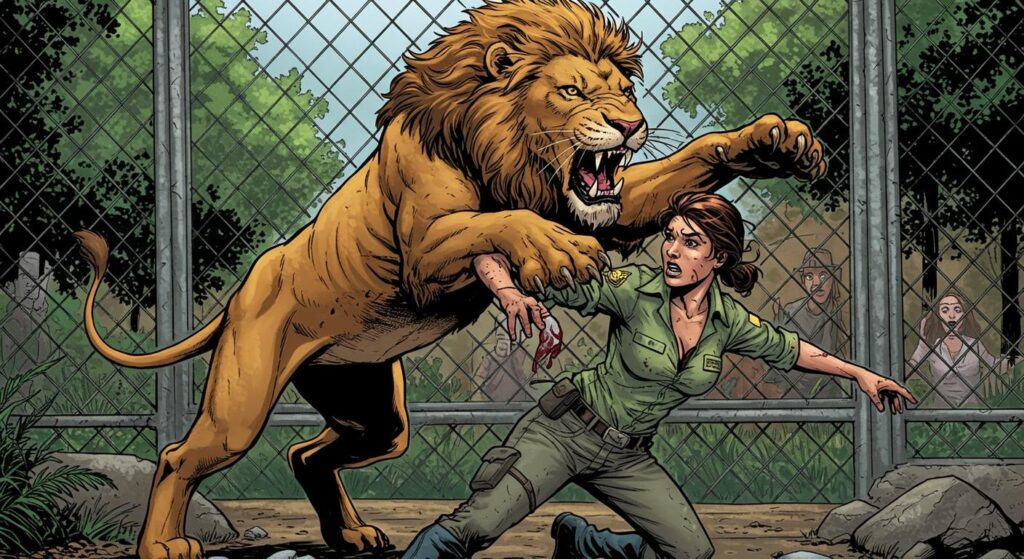In the grand archive of improbable escapades, a tale from the fairy tale heart of Bavaria has made the cut—though its protagonist is more canine than kingly. At Neuschwanstein Castle, that icon of whimsical turrets and alpine daydreams, a mongrel of modest build recently became the subject of a story equal parts bewildering and dryly amusing, for those who enjoy cataloging oddities that test the boundaries of both architecture and animal welfare guidelines.
Lockers: Not for Pets, Prams, or Fairy Tale Plot Twists
Picture this: It’s a summer scorcher near the Austrian border. According to details reported by Reuters, a tourist, faced with the castle’s no-dogs policy (a disappointment, but not exactly a plot twist) opts not for the usual solution—perhaps a stroll in the shade or a return visit with a friend—but instead secures her “medium”-sized dog in a valuables locker. The police statement referenced in both Reuters and CTV News notes that the space was already somewhat occupied by a pram, further challenging the available cubic footage. Spectators—those with perhaps more traditional interpretations of ‘valuables’—objected, but the owner stuck to her plan and continued onward for a solo tour of King Ludwig II’s fantasy come to stone.
It didn’t take long for castle staff to be tipped off. As cited in police statements highlighted by CTV News, security personnel intervened, opening the locker to find the dog physically unharmed but “visibly glad” to be freed—a phrase that leaves quite a bit to the imagination regarding canine relief in humid, confined quarters.
From Castle Turrets to the Police Station
The story grows more distinctively European as it travels from the castle grounds to the local Fuessen police station. Officials conveyed to Reuters that officers brought the liberated dog—a mongrel, standing an estimated 60 centimeters at the shoulder and of no specified breed—for a brief sojourn at the station, presumably a cooler and less fragrant environment than its previous accommodations.
The legal coda arrived quickly: Reuters documents that criminal proceedings have begun against the dog’s owner, who will now have the intricacies of Germany’s animal welfare law explained in more direct terms. Germans are nothing if not thorough in their by-laws, and the police, as the outlet details, were not keen to leave such creative pet boarding methods unaddressed.
When Common Sense Goes Missing
For aficionados of the strange-but-true, the scenario raises questions only tourists seem to regularly answer: Why do lockers designed for cameras, wallets, and the occasional rain jacket become sites for the storage of living creatures? The police, in their statement as quoted across both outlets, took the opportunity to underscore both the inappropriateness and the potential danger—heat, lack of ventilation, and the sheer stress for the animal.
One can’t help but reflect on whether pamphlets or signage at tourist sites will have to grow new appendices: “No flash photography, no dogs in lockers, no baby carriages as barrier methods.” Is this a solitary case, or just the first to achieve fleeting fame?
Reflections from the Filing Cabinet of the Absurd
There are grand tales of rescue at Neuschwanstein—damsels and dragons, at least in the stories, if not in the historical record. Then there’s the saga of the castle’s latest rescuer: a security guard, keys in hand, followed shortly by a police officer who presumably did not expect their Sunday to involve a canine retrieval operation. CTV News recounts the dog’s evident gratitude as it was released, a small but memorable punctuation in the castle’s long chain of human foibles and follies.
The finer details leave us with images to ponder. Did the owner, traipsing through the Hall of Mirrors, pause in sudden canine-inspired dread? Did the staff, when hearing “there’s a dog in the locker,” expect anything other than a mistranslation?
The story holds that curious, silent lesson best appreciated by fans of the understatedly bizarre: in a castle famed for its dreamy spires and royal eccentricity, perhaps the truest mystery isn’t of hidden treasure or lost heirs—but of why, given the smallest window of possibility, a person might look at an empty locker and think, “This will do.”
So, a tidy conclusion: the dog survived, Germany’s animal laws are alive and well, and somewhere in the annals of tourism’s what-not-to-do, a new entry waits—patiently—alongside tales of wayward selfie sticks and errant drones. After all, the world’s weirdness isn’t always found in dusty archives. Sometimes it’s taking a nap, politely, in a valuables locker.







